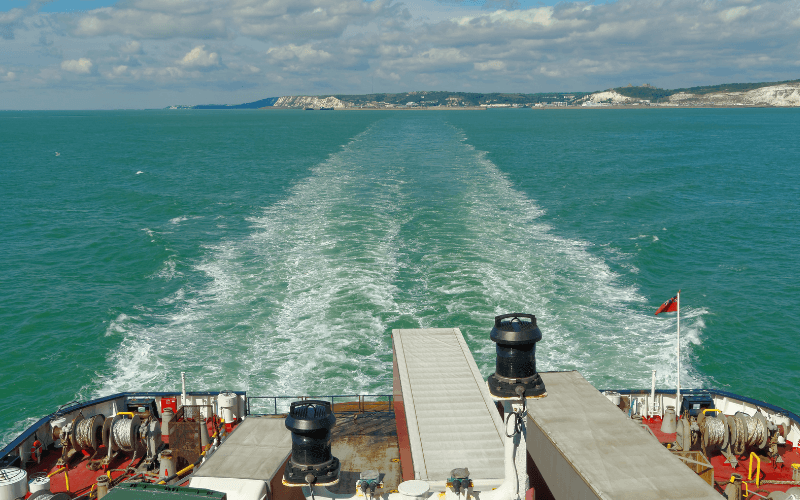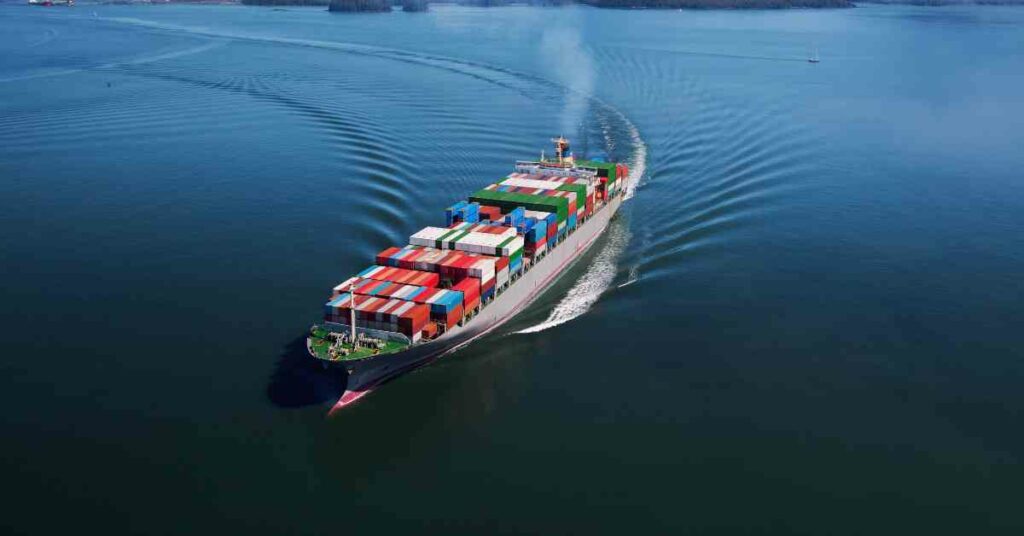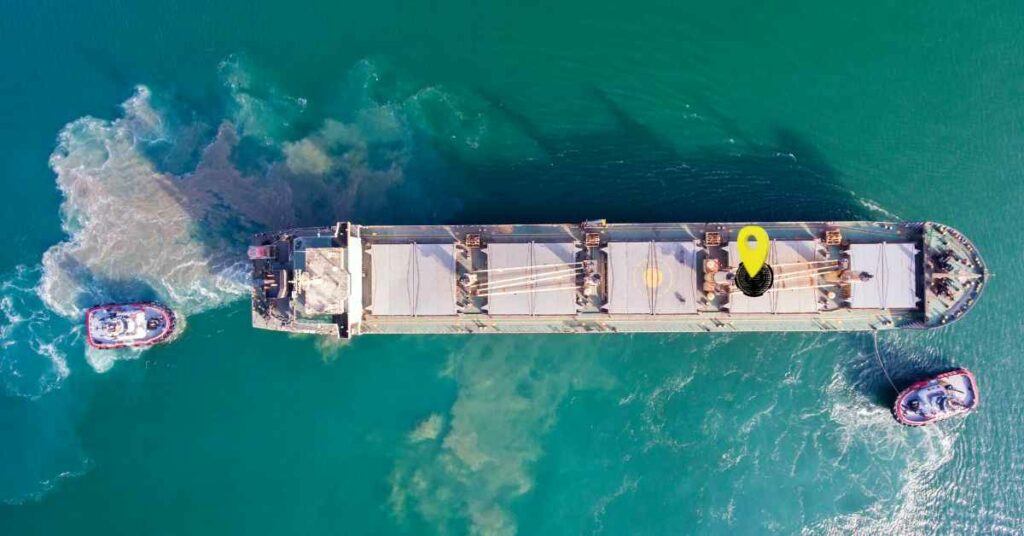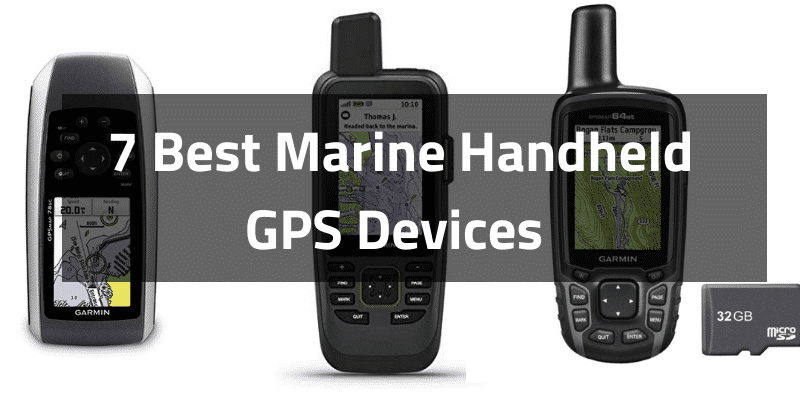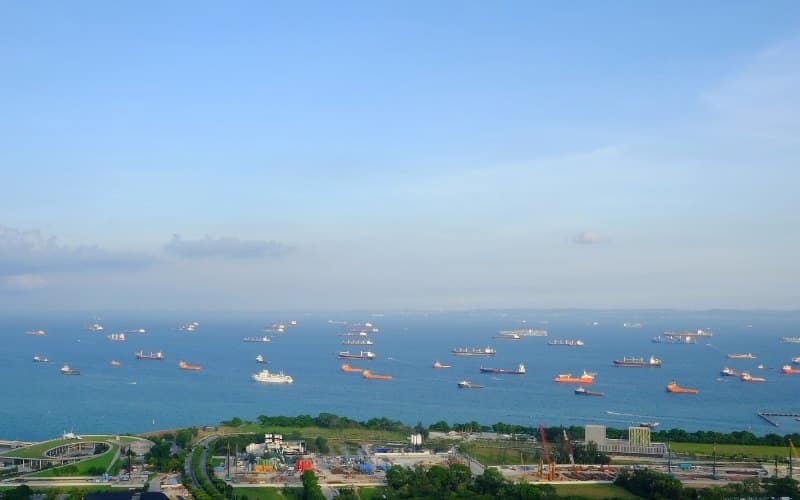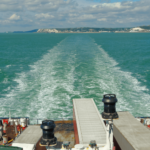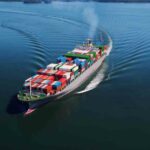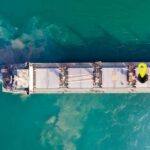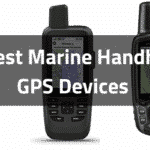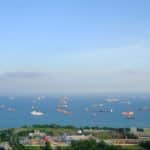What are Foul Anchors?
The anchors are as old as the ships themselves. They are those age-old devices used to haul a floating vessel to the ground, like the seabed or seafloor, when the vessel is required to be halted or stationed at some location for some requirement.
Anchors come in different shapes, sizes, types, and builds. Depending on the vessel size and type, the size and weight of the anchor vary accordingly.
The anchors are usually stowed in an enclosure of the main hull, usually known as the anchor pocket.
When needed, they are lowered into the seafloor with the help of a chain-cable mechanism operated from onboard.
After the anchor is lowered into the seabed, it settles down by virtue of gravity into the undersea floor.
This creates a firm grip on the seabed, and the vessel is fixed to its location by the inertial weight of the anchor coupled with the fixity it creates on the seafloor.
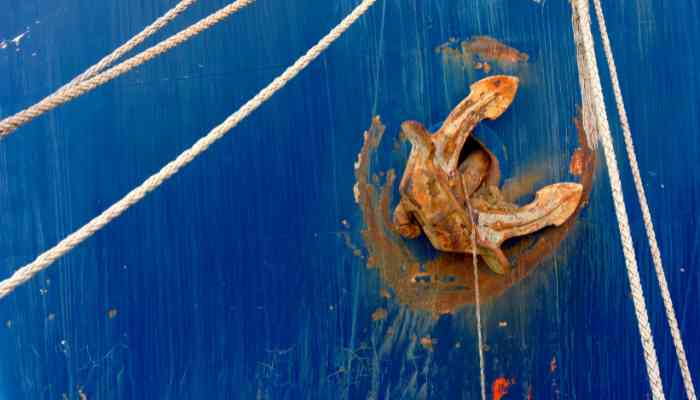
Though in modern times, technologies like Dynamic Positioning Systems or DPS have gained popularity, anchor still remains very common amongst vessels.
And for all vessels that use technologies like DPS, an anchor is still kept on board as a reliable backup source when any of these systems fail. Hence, the importance of anchors is indispensable.
As an intrinsic part of the anchor systems, the anchor chains also have a great deal of importance. They should be sturdy, have strong connections and strength, and resist high loads.
What do we mean by foul anchor?
Foul anchors are those where the chain (or the rope for ancient ships) becomes entangled about the entire structure, or the anchor gets enmeshed by some obstruction underneath the sea level.
The shank is the central vertical structure of the anchor. The crown is the lower part that embeds into the seafloor.
Flukes are at the ends of the fluke and further help in the settling process of the anchor. The topmost point of the anchor (atop the shank), where the chain or rope is attached, is known as the ring or hook.
In the first case of an anchor fouling, the rope or wire becomes entangled or entwined about the whole anchor structure.
This can be best visualised by this classic example. All of us must have, at some point in our lives, ridden or still ride a bicycle.
And inevitably, nearly all of us must have experienced our chain being derailed from its slot over the paddle wheel.
If we continued for even a few moments after this debacle, the entire chain would get entangled miserably, and we would have a hard time getting things back to normalcy!
Similarly, for a chain-release mechanism like the anchor chain system, there is often this risk of entanglement due to inaccurate action, erratic motions of the vessel, operational errors, or just unbalanced forces.
Hence, in these events, the chain gets entangled about the anchor, initially about the shank and later about the crown or base. This poses a great deal of risk to the functionality of the anchor system as a whole, rendering it ineffective.
The second case of fouling of the anchor is in the event of any kind of obstruction or impediment underneath the sea surface. These can be because of barnacles, seaweed, cacti, moss, fern, and all other kinds of aquatic or marine vegetation.
Similarly, there can be any kind of natural or geographical obstructions or some kind of artificial ones like wreckage parts or some structure.
Fouling of anchors is a very cumbersome event, and recovering or reorienting the anchor back to the normal configuration is challenging. As the chains are quite heavy, any complex form of twist is almost impossible to unentangle by human effort. The common practice is moving the vessel in different ways to change the alignment of the entangling rope or alter the state till it loosens up and becomes straight and taut gain.
This may involve moving the vessel back and forth or, in some cases, manoeuvre the vessel in different manners and suitably varying the engine power till it reaches a suitable position conducive to the fouled anchor.
In worst cases, the only option is cutting the tangled chains back on shore using welding or different cutting methods and thereafter, refitting the chain system.
For fouling by other external means, the first technique of vessel motions is primarily used. Else, often the obstruction is removed by external intervention using underwater divers or other machinery-based means.
You Might Also Like To Read-
- Introduction to Anchor Design
- A Guide To Types Of Anchors
- What are Mooring Anchors?
- What is Anchor Chain – Everything You Should Know
- What To Do When Your Ship Is Dragging Anchor?
Do you have info to share with us ? Suggest a correction

About Author
Subhodeep is a Naval Architecture and Ocean Engineering graduate. Interested in the intricacies of marine structures and goal-based design aspects, he is dedicated to sharing and propagation of common technical knowledge within this sector, which, at this very moment, requires a turnabout to flourish back to its old glory.
Latest Marine Navigation Articles You Would Like:
Subscribe To Our Newsletters
By subscribing, you agree to our Privacy Policy and may receive occasional deal communications; you can unsubscribe anytime.




